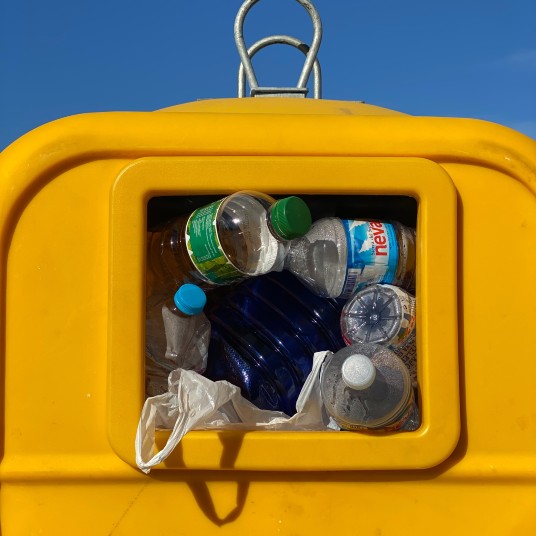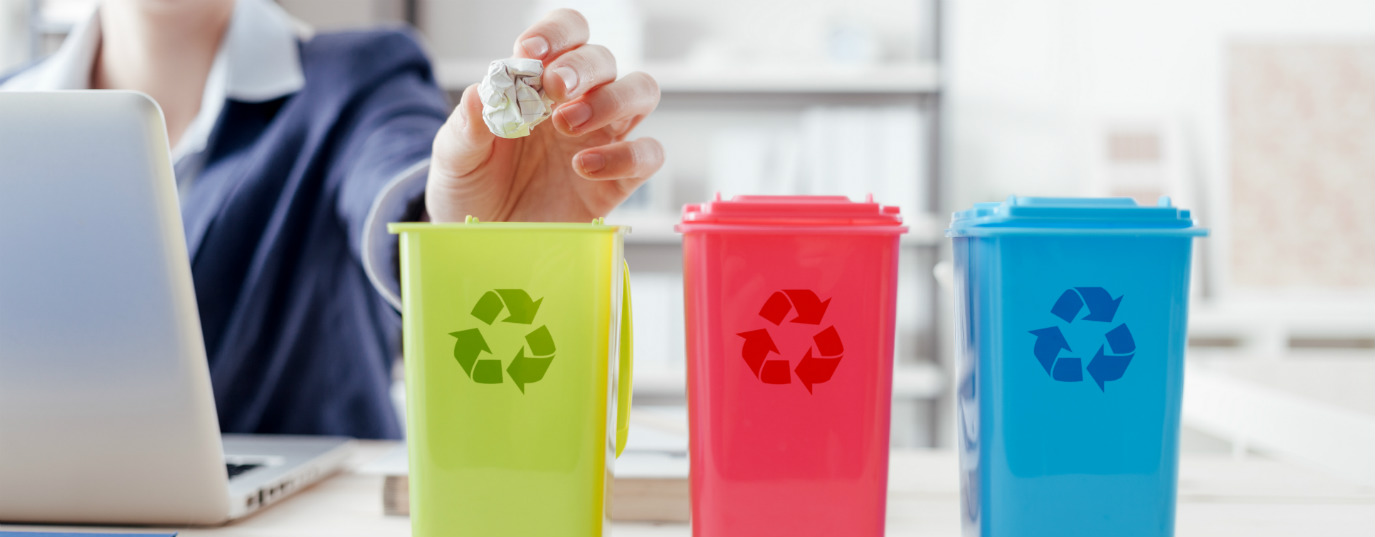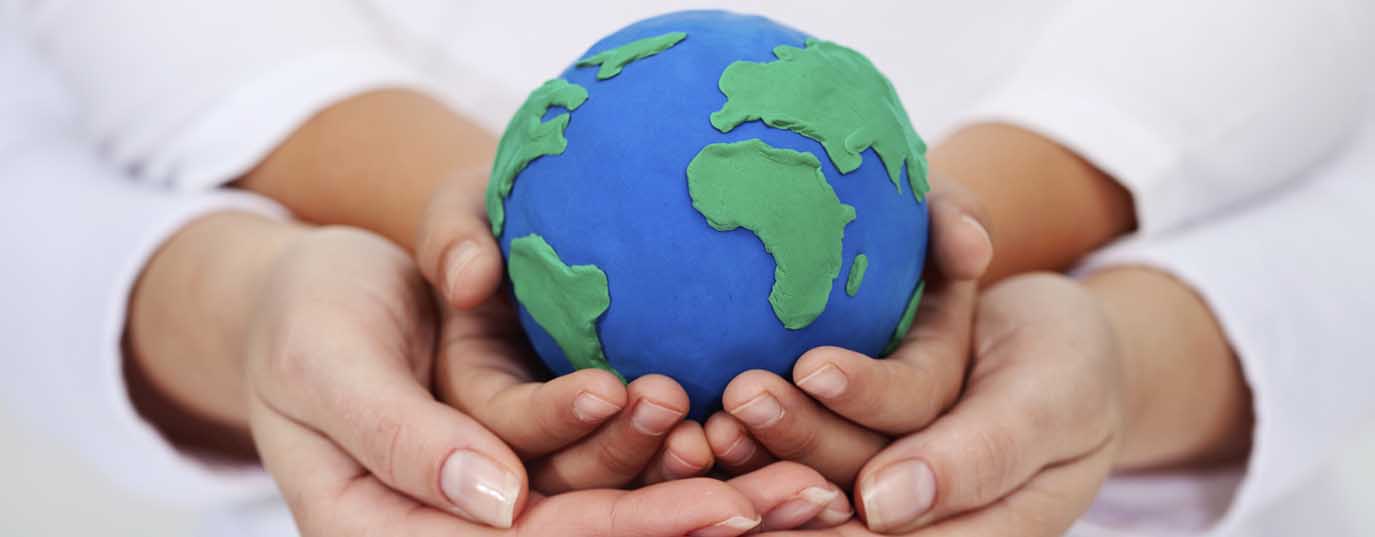Chemical recycling: disposing of plastics by reusing them sustainably
Chemical recycling opens the way to the sustainable, circular manufacture of plastics, reducing their environmental impact.
What does the ocean’s most extreme depth, the Mariana Trench, and the world’s highest mountain peak, Mount Everest, have in common? Well, despite being two of the most remote and inaccessible places on the planet, both contain small pellets of plastic.
More than 400 million tonnes of plastic are produced every year, of which half were conceived to have a single-use life. Fewer than 10% are recycled. The rest end up in waste tips or the natural environment. This is as serious as it gets, since they can persist among us for hundreds of years. However, innovative processes are emerging to solve the problem of plastic waste, including chemical recycling.
What will I learn from this article?
- What is chemical recycling?
- Differences between chemical and traditional recycling
- Advantages
- Plastics in the circular economy
What does chemical recycling consist of?
In brief, chemical recycling converts plastic waste into useful chemical substances. It is based on the principle of the circular economy, where waste is treated to return as a new reusable resource. In this sense, deconstructing plastics into their basic molecular components (known as monomers), allowing them to be reused in the manufacture of new products.
The main difference with conventional - mechanical - recycling is that the latter melts plastic waste. Imagine that plastic materials are like a cake. Conventional recycling would convert the remains of the cake into crumbs and use them again, while chemical recycling deconstructs the cake into its individual ingredients to create new recipes from zero.
Main differences between traditional and chemical recycling
 When plastics are not able to be recycled traditionally due to their deterioration or complexity, chemical recycling takes over. This is not surprising since plastic cannot be recycled mechanically indefinitely, as its quality degrades with each cycle. But this new method can give a new life to those plastics without causing them to deteriorate, creating high quality products from them.
When plastics are not able to be recycled traditionally due to their deterioration or complexity, chemical recycling takes over. This is not surprising since plastic cannot be recycled mechanically indefinitely, as its quality degrades with each cycle. But this new method can give a new life to those plastics without causing them to deteriorate, creating high quality products from them.
Mechanical recycling is also limited to plastics which can be melted or dissolved, such as PET, commonly used in water and soda bottles. Chemical recycling, however, has the capacity to process a wide range of materials, including mixed, complex or contaminated plastics which would be difficult to recycle through other methods.
Finally, chemical recycling also offers environmental benefits, since it requires less energy to function, reducing in turn greenhouse gas emissions as explained by this article in Ethic.
Advantages of chemical recycling
First, it offers us an efficient and promising solution to tackle one of the greatest environmental challenges of our era: the problem of single-use plastics. But, as the Spanish newspaper Cinco Días points out, its advantages go further. It:
- Reduces greenhouse gas emissions: by avoiding the incineration of plastic waste and the production of new plastics from virgin raw materials, it reduces the emission of polluting gases associated with such processes.
- Encourages the circular economy: by adding efficiency to recycling of plastics and increasing the number of materials we can reuse.
- Produces high-quality materials: as mentioned above, it allows the production of new plastics and chemical products that do not lose their qualities.
- Allows a second life for difficult-to-recycle plastics: multi-laminated plastics or those contaminated with food waste, for example, are difficult to recycle mechanically, but it is possible to recycle them via this innovative process.
It is important to highlight that this consists of a recent method which still raises some doubts. We are still waiting on the results of more research on the technique to understand in depth the advantages it offers us.
Plastics in a circular world: challenges and opportunities for a sustainable future
 Defenders of chemical recycling argue that this system speeds up the circular economy and provides new ways of increasing recycling rates, since it can treat a broader range of plastic waste than traditional mechanical recycling.
Defenders of chemical recycling argue that this system speeds up the circular economy and provides new ways of increasing recycling rates, since it can treat a broader range of plastic waste than traditional mechanical recycling.
The European target is to recycle 50% of plastic packaging by 2025 and 55% by 2030. Promotion of the circular economy is essential for achieving this, since it has a direct impact both on the management and reduction of waste and the mitigation of climate change. According to one study, the reduction of the production and consumption of plastic can avoid generation of plastic waste by a third worldwide by 2040.
“The European target is to recycle 50% of plastic packaging by 2025 and 55% by 2030”
Circular economy business models offer new commercial opportunities, generating new income and transforming the relationship between a company and the environment.
This model of recovery exploits innovative technologies, as is the case with chemical recycling, to reuse those resources that can be employed in production, maximizing their economic value. Some examples are closed-circuit recycling, industrial symbiosis and cradle-to-cradle designs where once-throwaway materials return to be processed to obtain new resources. This article discusses the concept.
Some studies suggest that the transition to a circular economy could generate a net economic benefit of 1.8 billion euros for Europe in 2030, and an annual value of around 624 billion dollars in India in 2050 compared with the current linear scenario. Other recent research in Latin America and the Caribbean also indicates that the adoption of the circular economy could create a net increase of 4.8 million jobs in the region.
Millions of tonnes of plastic waste are produced every year, a large part of which ends up in waste tips, oceans and natural environments, causing irreparable damage to our planet. Chemical recycling could offer a promising solution for tackling this problem and reducing our dependence on fossil fuels, creating the way ahead for the sustainable, circular manufacture of plastics.
Sources:







